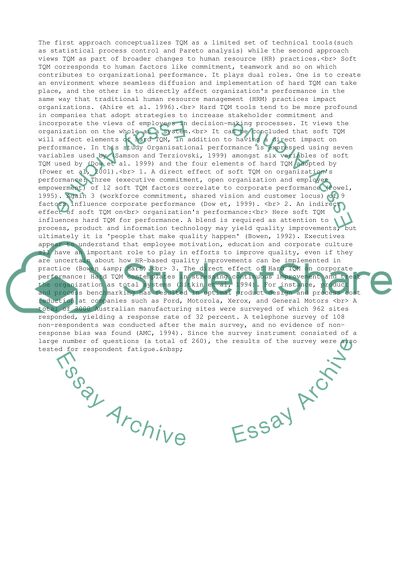Cite this document
(Relationship of Hard TQM, Soft TQM with Organizational Performance Assignment, n.d.)
Relationship of Hard TQM, Soft TQM with Organizational Performance Assignment. Retrieved from https://studentshare.org/business/1512797-total-quality-management-article
Relationship of Hard TQM, Soft TQM with Organizational Performance Assignment. Retrieved from https://studentshare.org/business/1512797-total-quality-management-article
(Relationship of Hard TQM, Soft TQM With Organizational Performance Assignment)
Relationship of Hard TQM, Soft TQM With Organizational Performance Assignment. https://studentshare.org/business/1512797-total-quality-management-article.
Relationship of Hard TQM, Soft TQM With Organizational Performance Assignment. https://studentshare.org/business/1512797-total-quality-management-article.
“Relationship of Hard TQM, Soft TQM With Organizational Performance Assignment”, n.d. https://studentshare.org/business/1512797-total-quality-management-article.


